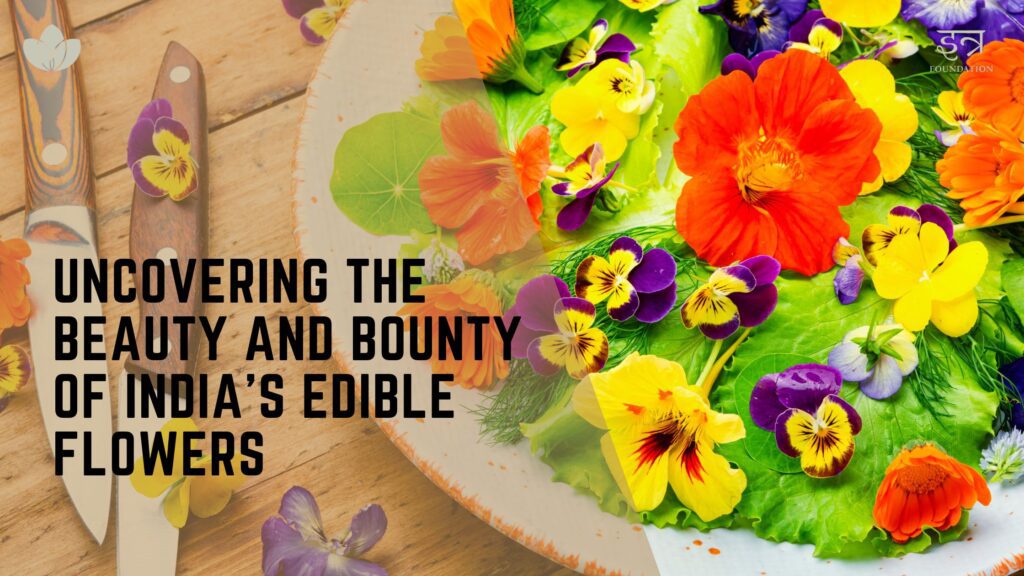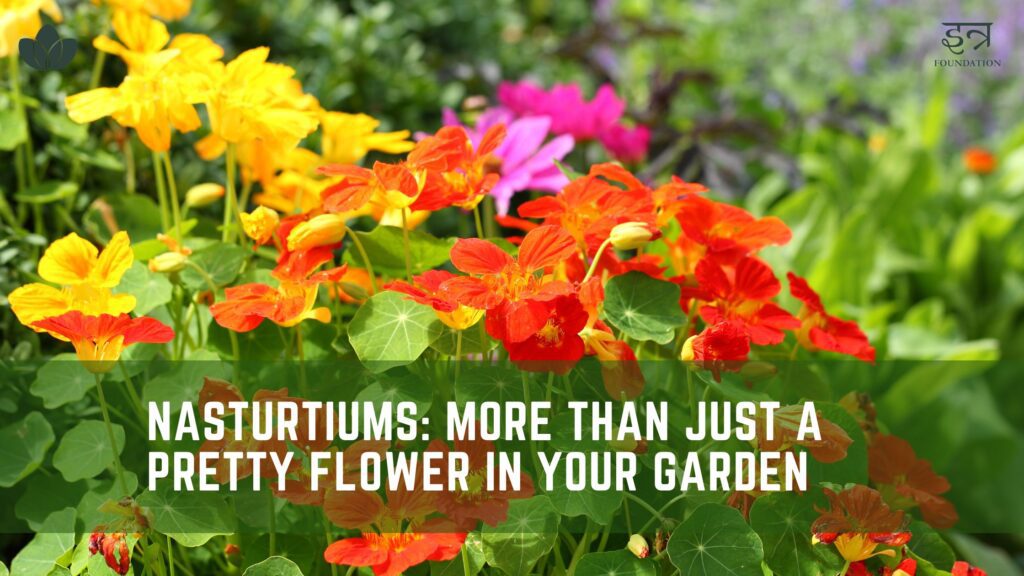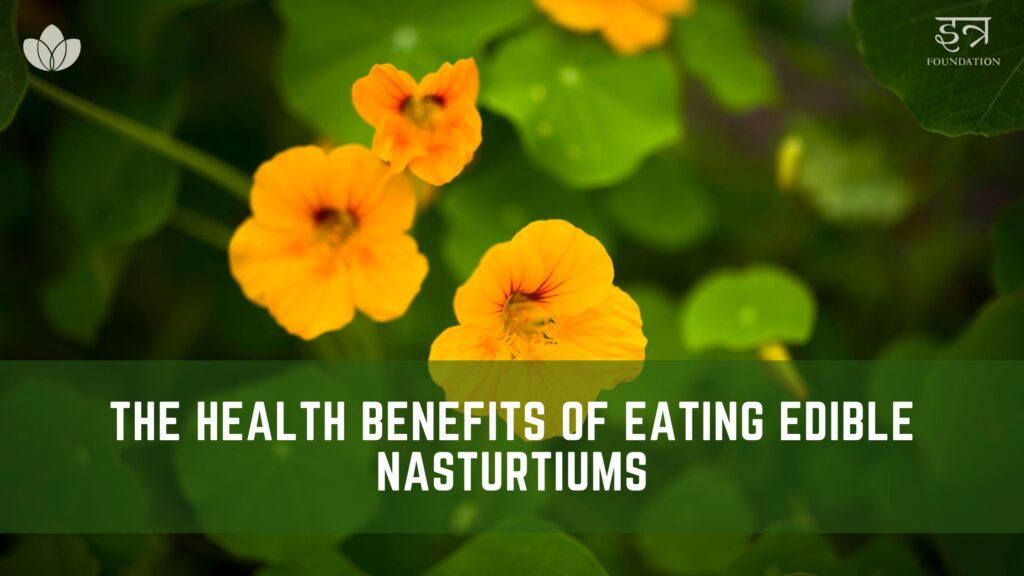Edible flowers refer to the flowers or petals of certain plants that are safe to consume and add unique flavor, fragrance and visual appeal to food. They have been used in cooking for centuries, particularly in traditional cuisines, to add color and flavor to dishes. Edible flowers come in a wide range of colors, shapes and sizes and each variety has its own distinct flavor profile. Some common edible flowers include roses, pansies, violets, nasturtiums, and calendula, among others. When used in cooking, edible flowers can add both flavor and texture to dishes, making them versatile and attractive ingredients.

Benefits of Cooking with Winter Edible Flowers
Cooking with winter edible flowers offers a variety of benefits that can enhance the overall experience of eating. Firstly, winter edible flowers are often high in essential vitamins and minerals that can help to boost one’s overall nutritional intake. For example, some edible flowers are rich in antioxidants and anti-inflammatory compounds that can help to protect against various chronic diseases. Secondly, winter edible flowers can add flavor and fragrance to dishes. They often have a delicate and unique taste that can complement other ingredients and enhance the overall flavor profile of a dish. Lastly, incorporating winter edible flowers into one’s cooking can add an aesthetic and presentation element to dishes, making them visually appealing and enjoyable to eat. This can elevate the dining experience and create a memorable occasion for those who enjoy it.
Nutritional Benefits
Winter edible flowers can add a nutritious boost to any dish, as they contain vitamins, minerals and antioxidants. For example, calendula flowers are rich in beta-carotene, which helps support eye health, while violets are a good source of vitamin C, which helps boost the immune system. Additionally, flowers such as nasturtiums and roses have a high concentration of beneficial compounds like lutein and lycopene, which are important for skin and heart health.
Flavor and Fragrance
Winter edible flowers add a unique flavor and fragrance to dishes. For example, the sweet and slightly spicy flavor of nasturtiums can be used to enhance the taste of soups, salads, and stews. The tangy, spicy, and slightly bitter taste of wintercress (Barbarea verna) is a great addition to soups and salads, while the fragrant petals of roses are commonly used to flavor desserts, teas and syrups.
Aesthetics and Presentation
Winter edible flowers not only add flavor and fragrance but also enhance the aesthetic appeal of a dish. Adding brightly colored flowers such as pansies, calendulas, or violets to a salad or appetizer platter can instantly brighten up the presentation. Edible flowers also make great garnishes for drinks and desserts, adding a touch of elegance and whimsy. With their beautiful shapes, textures and colors, winter edible flowers are the perfect way to add a touch of nature to any dish.
Winter Edible Flowers in India
In India, there are several winter edible flowers that are commonly used in cooking and culinary arts. Some of the most popular winter edible flowers in India include calendula, chrysanthemum, nasturtium and rose. These flowers are not only beautiful and eye-catching, but they also add a unique flavor and fragrance to dishes. In addition to this, they are also rich in nutrients, making them an excellent addition to a healthy and balanced diet. Whether used in salads, baked goods, or as a garnish, these flowers provide a pop of color and flavor to any dish. They are a staple in Indian cuisine and are widely used by chefs and home cooks alike.

Winter edible flowers in India include calendula, nasturtium, chrysanthemum, and viola. Calendula has bright orange or yellow petals with a slightly bitter and peppery flavor. Nasturtium has a slightly sweet and spicy flavor and its petals range from orange to red. Chrysanthemum has a mild, sweet flavor and comes in shades of yellow and white. Viola has a light, sweet and slightly tangy flavor and its petals come in shades of yellow, blue and purple. These flowers are not only aesthetically pleasing but also add flavor and fragrance to your dishes. They can be used as a garnish or can be added to salads and baked goods for a pop of color and flavor.
Uses of Winter Edible Flowers in Indian Cooking
- Salad Ingredients: Edible flowers can add a touch of color, flavor and fragrance to a salad. Some of the common winter edible flowers in India that can be used as salad ingredients include marigolds, chrysanthemums and daylily. These flowers are known for their bright colors and unique textures, making them ideal for creating visually appealing salads.
- Baked Goods: Flowers can also be used in baked goods, such as cakes, bread and pastries. Some popular winter edible flowers in India that can be used in baked goods include calendula, saffron and hibiscus. These flowers have a delicate flavor and aroma, which can help to enhance the overall taste of baked goods.
- Garnishes: Edible flowers can be used as garnishes on a variety of dishes, including appetizers, main courses and desserts. Some winter edible flowers that are commonly used as garnishes in India include nasturtium, violets and roses. These flowers can help to add an extra touch of color and flavor to any dish, making it more visually appealing and enticing.
- Main Course Dishes: Winter edible flowers can also be used in a variety of main course dishes in India. For example, hibiscus petals can be used to add flavor to curries and stews, while chrysanthemum leaves can be used in soups and stir-fry dishes. Additionally, calendula petals can be added to omelets, frittatas and other egg-based dishes for a pop of color and flavor. These winter edible flowers provide a unique way to add flavor and nutrition to any meal.
Preparation and Preservation of Winter Edible Flowers

Cleaning and Storing Winter Edible Flowers
- The first step in incorporating winter edible flowers into your cooking is to properly clean and store them.
- To clean the flowers, gently rinse them under cool running water and pat them dry with a paper towel.
- When storing the flowers, place them in a container lined with paper towels and keep them in the refrigerator until ready to use.
Best Practices for Incorporating Edible Flowers into Dishes
- To ensure that the flavor and fragrance of the flowers are not lost or overpowered, it is best to add them at the end of cooking or as a garnish.
- Consider the flavor profile of the dish when choosing which flowers to use. Some flowers have a mild flavor, while others can be quite strong.
- Be mindful of the color of the flowers and how they will impact the overall appearance of the dish. Some flowers, such as calendula, have bright colors that can be eye-catching when used as a garnish.
- Always use fresh and chemical-free flowers, as toxic residues from pesticides and fertilizers can be harmful if ingested.
In this blog, we have discussed the numerous benefits of incorporating winter edible flowers into your cooking routine. From their high nutritional value to their delightful flavor and fragrance, to their stunning aesthetic appeal, winter edible flowers are versatile and healthy ingredients that can enhance any dish. Whether you’re an experienced chef or a beginner cook, incorporating winter edible flowers into your cooking is a fun and easy way to add a touch of elegance and flavor to your dishes. So why not give it a try today and see how you can enhance your cooking with the beauty and goodness of winter edible flowers?





